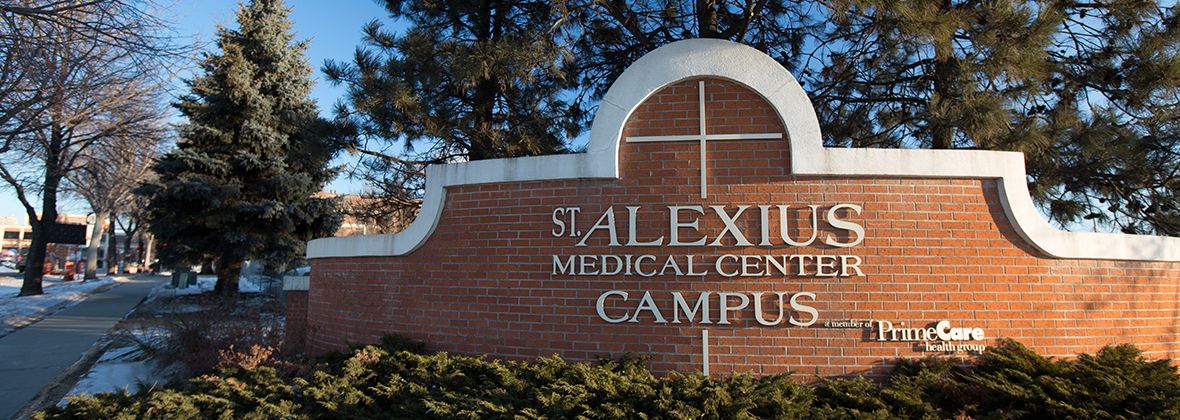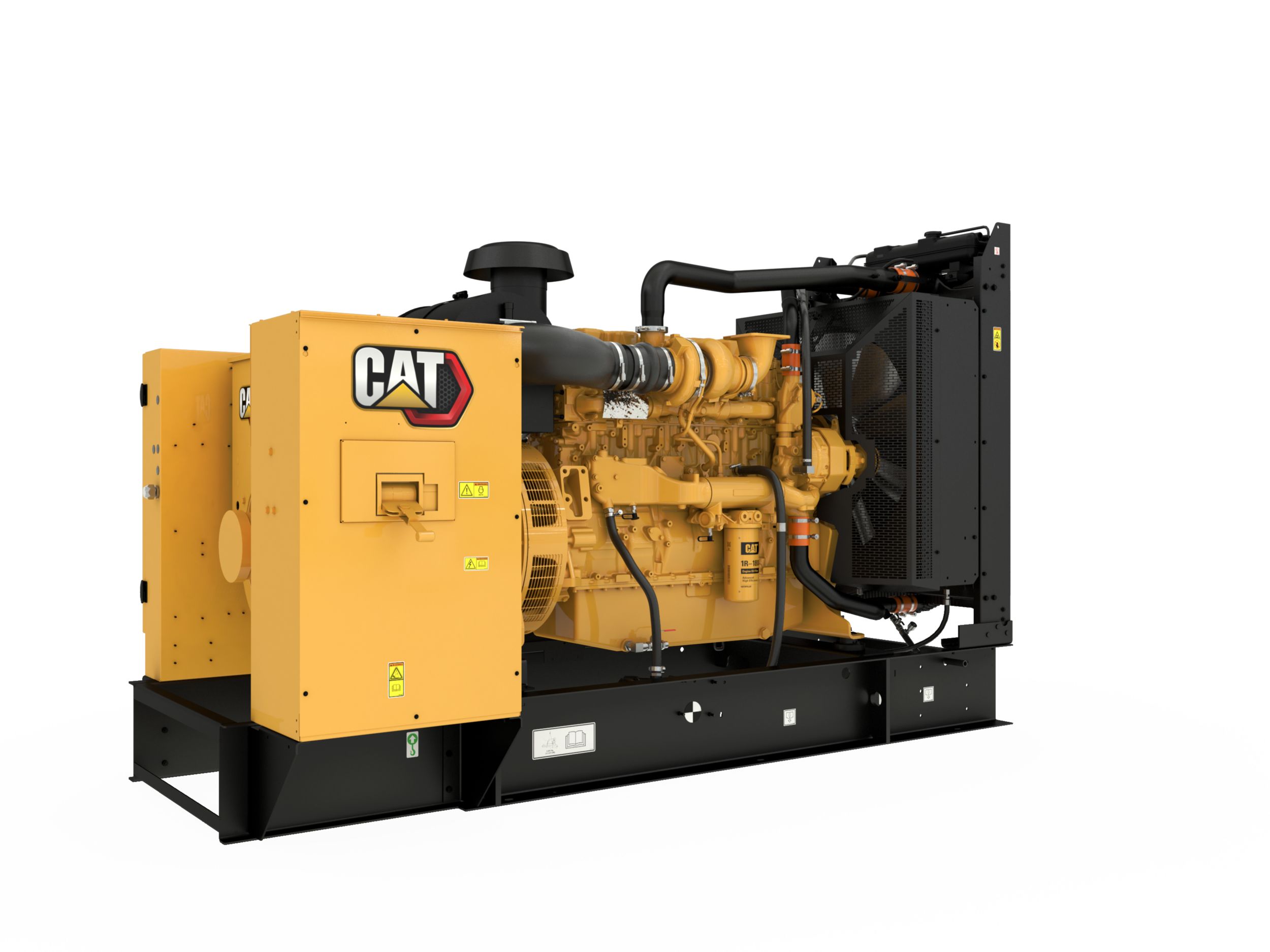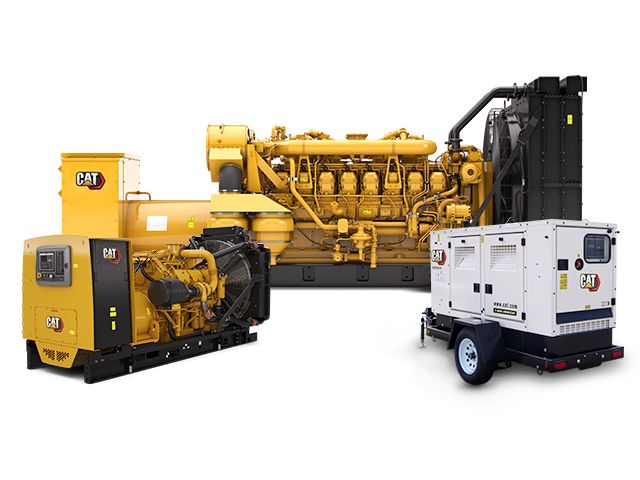POWER NEED
Located in downtown Bismarck, North Dakota, CHI St. Alexius Health is a one-million-square-foot acute care medical center where hundreds of doctors, nurses and hospital staff focus on providing superior healthcare initiatives. The 306-bed facility offers a full line of inpatient and outpatient medical services, including primary and specialty physician clinics, home health and hospice care.
Founded in 1885, CHI St. Alexius Health began as a small hospital that operated from within a converted hotel building. Today, the medical center supports a large network of facilities, including more than 30 clinics for the residents of central and western North Dakota, northern South Dakota, eastern Montana and even Canada.
Recent changes in legislation require healthcare providers to revise medical recordkeeping practices. Additionally, managing a tremendous amount of healthcare data – including medical results, comprehensive health records, private communications, administrative information and research – for such a large network requires intricate coordination.
“Some of our clinics and affiliations are up to 100 miles away, so CHI St. Alexius Health is more of a network of hospitals, and our main campus acts as the mothership,” said Doug Johanson, director of facilities at CHI St. Alexius Health. “There are a lot of things happening to support the data side here, and not just for our onsite needs. For example, a patient can get his X-ray or MRI read remotely from home or sent to a local hospital, if needed. So, the activities we do here are very important as they affect our whole network.”
While the hospital has been continuously expanding over the last 130 years to improve patient care services, recent space constraints and IT needs resulted in plans to build a new facility, named the Technology and Education Center. Located near the main campus, the 100,000-square-foot building was designed to offset administrative space and to relocate the hospital’s IT department.
To store its massive amount of healthcare information in a secure and reliable manner, the hospital implemented a strategy to design, build and manage an onsite data center within the Technology and Education Center, which can withstand a Category 5 tornado.
“The hospital staff put a lot of thought into the planning of the new Center to accommodate today’s needs as well as future requirements,” said Jeremy Butman, electrical engineer for Prairie Engineering. “Since the new facility houses the data center for not only the main campus, but all of the remote clinics as well, the discussion focused on what could be done to make sure we have redundant systems, so that we don’t have a single point of energy failure.”
To support a robust data center for the entire network, the new building required a unique structural design and standby power solution to maintain quality and electrical redundancy in a cost-effective manner.
SOLUTION
CHI St. Alexius Health worked with the local Cat dealer, Butler Machinery, to design a customized backup power system including six Cat C15 500kW standby diesel generator sets with Cat Engine Paralleling and Integration Controls (EPIC) and two Cat flywheel uninterruptible power supply (UPS). Three custom enclosures were designed with two generator sets each, arranged side by side to overcome space constraints and ease of maintenance concerns.
“A reliable standby power system is crucial to the hospital. It serves our administrative offices, financial department and, most importantly, our data center,” explained Johanson. “We worked closely with Butler Machinery to design a fully integrated system, and we ended up with an intricate setup that utilizes multiple flywheels, several generator sets, and an A and B electrical feed, so we’re never without power.”
Beyond the power system, the hospital also incorporated advanced energy efficiencies into the facility’s infrastructure. For example, a geothermal system pulls waste heat from the data center, which is then redistributed to heat other parts of the building. The process is reversed in the summer to cool the Technology and Education Center, making it a very efficient and cost-effective system.
Also, chilled beams take outside air with recovery reels to regulate temperature, decrease duct space requirements and improve efficiency. Recyclable plastic piping, which does not corrode like copper, is fitted throughout the building to prevent leaks, thus helping reduce maintenance costs and environmental impact. Even the elevators were considered in the design planning as variable-speed drives reduce energy needs by charging the cars on the way down for generated energy that’s used on the way back up.
With a thoughtful variety of efficiencies built into the facility, it only costs $1.48 per square foot in energy each year compared to $2.84 per square foot at the main campus.
“We want this building to last 100 years, so we took a detailed approach to design a full package to achieve ultimate energy efficiency,” said Johanson. “The energy costs we save here can be spent improving healthcare and comfort for our patients, and those are our biggest priorities.”
RESULTS
CHI St. Alexius Health designed the Technology and Education Center with expansion opportunities in mind. The server room has the potential to triple in size as data storage needs increase, and the standby power system design includes space for a fourth generator set enclosure to accommodate future power requirements.
Butler Machinery helps manage not only the standby system at the new building, but also the other five Cat generator sets used to power the main campus, same-day surgery center and patient financial service area. To ensure power is available at all times, Butler Machinery provides maintenance, parts, training and emergency support 24/7.
“It’s hard to find a supplier that has the technology, the customization ability and the engineering knowledge to support what we wanted to do here,” added Johanson. “With Butler’s help, we were able to build a one-of-a-kind facility that’s supported by a reliable standby system, and we’re already working on a new energy project to bring full redundancy and backup power to the main campus. These efforts are meant to improve patient experience, support our medical staff and increase overall efficiency.”
Download the Power Profile
















